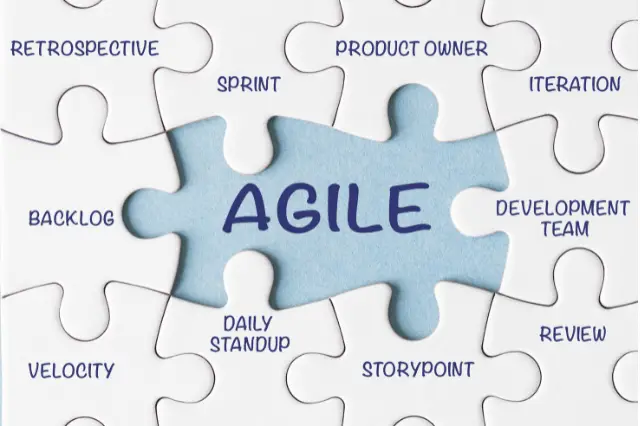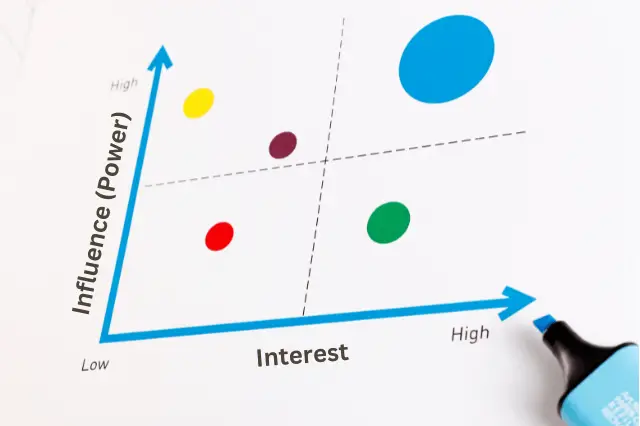Last Updated on January 29, 2025 by andrewshih
Kanban is a widely used framework for managing workflows and improving efficiency in project management.
Kanban originated from Toyota’s lean manufacturing system and evolved into a flexible framework that helps teams visualize work, manage tasks, and deliver value continuously. It is especially popular in Agile environments for its adaptability and focus on incremental improvements.
This guide will explore Kanban’s principles, the structure and benefits of Kanban boards, key metrics, challenges, and how it compares to Scrum.
What is Kanban?
Kanban is a framework designed to help teams visualize and manage their work efficiently.
Unlike frameworks with fixed cycles, such as Scrum, Kanban operates on a continuous delivery model. This means that tasks are pulled through the workflow as capacity allows, enabling teams to adapt to changes and priorities dynamically.
Kanban focuses on creating a steady flow of work by identifying bottlenecks, reducing inefficiencies, and promoting collaboration. It is used across industries and teams, from software development to marketing and customer service, to handle diverse workloads effectively.
Kanban enables teams to:
- Visualize workflows for greater transparency.
- Limit work-in-progress to improve focus and reduce multitasking.
- Adapt quickly to changes without disrupting processes.
- Deliver value incrementally and continuously.
Core Principles of Kanban
Kanban is guided by six key principles that form the foundation of its effectiveness:
Visualize the Workflow
Kanban emphasizes representing tasks and workflows on a visual board. By doing so, teams can easily see the status of tasks, identify bottlenecks, and understand how work progresses through different stages.
Limit Work in Progress (WIP)
Kanban sets explicit limits on the number of tasks in progress at any given stage. This prevents overloading team members, ensures focus, and keeps the workflow steady.
Manage Flow
Monitoring the movement of tasks across the workflow helps teams identify and eliminate bottlenecks. The goal is to achieve a smooth and predictable flow of work.
Make Process Policies Explicit
Kanban requires teams to define and communicate the rules and criteria for completing tasks clearly. This alignment ensures consistency and understanding across all team members.
Feedback Loops
Regular feedback through reviews or retrospectives enables teams to evaluate their performance and identify opportunities for improvement.
Continuous Improvement
Kanban fosters a culture of learning and optimization. Teams use insights from metrics and feedback to refine their workflows and processes over time.
These principles make Kanban an adaptable and efficient tool for managing diverse projects and workflows.
What is a Kanban Board?
A Kanban board is the central tool in Kanban methodology.
It provides a visual representation of tasks as they move through different stages of a workflow. By using a Kanban board, teams can track the progress of tasks, identify bottlenecks, and optimize their processes in real-time.
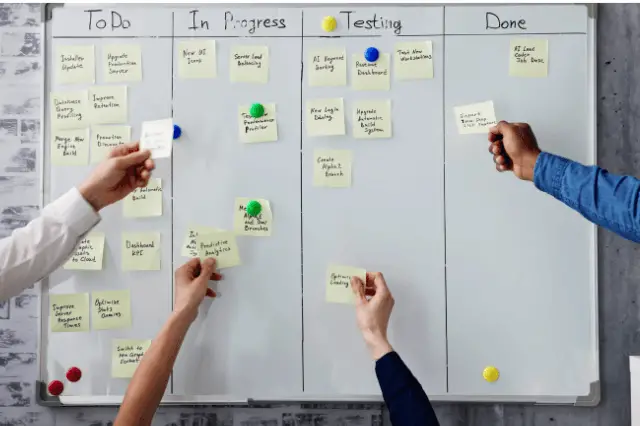
Key Components of a Kanban Board
A Kanban board typically includes the following components:
- Columns: Represent stages of the workflow, such as “To Do,” “In Progress,” and “Done.” Additional columns like “Blocked” or “Testing” can be added based on the team’s needs.
- Cards: Represent individual tasks or work items. Cards often include details such as task descriptions, assignees, due dates, and attachments.
- Swimlanes: Horizontal divisions used to categorize tasks by type, priority, or team.
- WIP Limits: Work-in-progress limits define how many tasks can be in a column at any given time, ensuring the team focuses on completing tasks before starting new ones.
Digital Kanban boards, such as those offered by tools like Trello, Jira, and Asana, often include additional features such as automation, reporting, and integrations with other software.
Benefits of Kanban and Kanban Boards
Kanban provides numerous advantages that make it a popular choice for teams across industries:
-
Improved Workflow Visibility: By visualizing tasks, teams gain a clear understanding of their current workload and progress. This transparency improves collaboration and helps prioritize work effectively.
-
Increased Flexibility: Unlike time-boxed frameworks, Kanban allows teams to reprioritize or add tasks dynamically, making it ideal for environments with shifting priorities.
-
Enhanced Efficiency: Limiting work-in-progress reduces multitasking, allowing team members to focus on completing tasks before starting new ones. This steady flow of work boosts productivity.
-
Continuous Delivery: With Kanban, teams deliver tasks as they are completed, ensuring a constant stream of value to stakeholders or customers.
-
Better Collaboration: Kanban fosters alignment among team members and stakeholders by providing a shared understanding of workflows and priorities.
Kanban Metrics for Workflow Optimization
To improve processes and identify bottlenecks, Kanban relies on key metrics that measure performance:
- Cycle Time: The time it takes for a task to move from start to finish in the workflow. Shorter cycle times indicate a more efficient process.
- Lead Time: The total time from when a task is created to when it is completed. This metric helps teams understand overall project timelines.
- Throughput: The number of tasks completed within a specific time frame. Monitoring throughput helps teams gauge productivity and capacity.
Tracking these metrics enables teams to make data-driven decisions and continuously refine their workflows.
Kanban Metrics Example
Let’s take a look at an example and calculate the cycle time, lead time, and throughput. Assume the following 5 tasks were completed with the following timeline.
| Task | Date Added to Backlog (To Do) | Date Work Started (In Progress) | Date Completed (Done) |
|---|---|---|---|
| A | March 1 | March 2 | March 5 |
| B | March 1 | March 3 | March 6 |
| C | March 2 | March 4 | March 10 |
| D | March 3 | March 7 | March 9 |
| E | March 4 | March 5 | March 12 |
Calculating Lead Time
Lead Time = Date Completed – Date Added to Backlog
Lead time measures how long a task takes from the moment it is added to the backlog to when it is completed (moved to Done). For example:
Task A: March 5 – March 1 = 4 days
Calculating Cycle Time
Cycle Time = Date Completed – Date Work Started
Cycle time measures how long a task is actively worked on, from the time it is moved to “In Progress” until completion. For example:
Task A: March 5 – March 2 = 3 days
Follow the same process to calculate the Lead time and Cycle time for the remaining tasks, you will get the following results:
| Task | Date Added to Backlog (To Do) | Date Work Started (In Progress) | Date Completed (Done) | Lead Time | Cycle Time |
|---|---|---|---|---|---|
| A | March 1 | March 2 | March 5 | 4 days | 3 days |
| B | March 1 | March 3 | March 6 | 5 days | 3 days |
| C | March 2 | March 4 | March 10 | 8 days | 6 days |
| D | March 3 | March 7 | March 9 | 6 days | 2 days |
| E | March 4 | March 5 | March 12 | 8 days | 7 days |
Calculating Throughput
Throughput = Number of tasks completed within a given time period.
For the week of March 1 to March 12, the team completed 5 tasks.
Common Challenges in Kanban
Despite its advantages, implementing Kanban can come with challenges:
- Ignoring WIP Limits
Teams may struggle to adhere to WIP limits, leading to bottlenecks and reduced efficiency. - Poorly Defined Workflows
Lack of clarity in the workflow can cause confusion and hinder progress. - Resistance to Change
Adopting Kanban often requires a cultural shift, and some team members may resist the new processes. - Lack of Metrics
Without tracking metrics like cycle time and throughput, teams may miss opportunities for improvement.
Overcoming Challenges
- Educate teams on Kanban principles and benefits.
- Regularly review and adjust workflows and WIP limits.
- Use metrics to identify inefficiencies and drive improvements.
Kanban vs. Scrum: Key Differences
While both Kanban and Scrum are Agile methodologies, they differ significantly in approach. Here are the key differences. For detail comparison, please check out the Scrum vs Kanban article.
| Aspect | Kanban | Scrum |
|---|---|---|
| Workflow | Continuous, with no fixed iterations. | Iterative, with fixed sprints (1-4 weeks). |
| Roles | No predefined roles; uses existing team structures. | Defined roles (Scrum Master, Product Owner, Development Team). |
| WIP Limits | Explicit limits for each workflow stage. | Managed indirectly through sprint planning. |
| Flexibility | Tasks can be added or reprioritized anytime. | Changes are generally restricted during sprints. |
| Best For | Teams with dynamic workloads needing continuous delivery. | Teams requiring structured iterations and deadlines. |
Kanban is ideal for teams with dynamic priorities and continuous delivery needs, whereas Scrum works best for teams requiring structured iterations and clear deadlines.
When to Use Kanban
Kanban is particularly effective for:
- Dynamic Workloads: Teams with unpredictable or frequently changing tasks.
- Continuous Delivery: Teams in environments like customer support or maintenance.
- Incremental Improvement: Organizations focus on optimizing existing workflows without overhauling processes.
Create Kanban Board in Microsoft Planner
If you already have Microsoft 365, you can easily set up a Kanban board using the free version of the Microsoft Planner. To get started, go to My Plans.
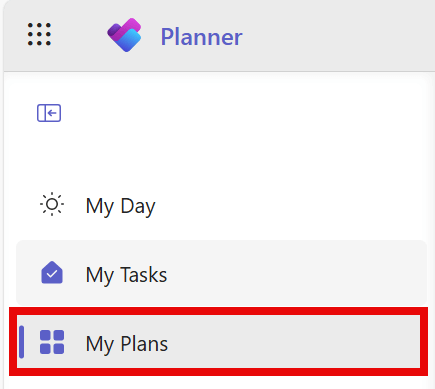
From My Plans, you can access Recent, Shared, Personal plans, or plans that you pinned for easy access. From here, we will add a New Plan.

You will be given the option to create a new plan from scratch or use one of the templates.
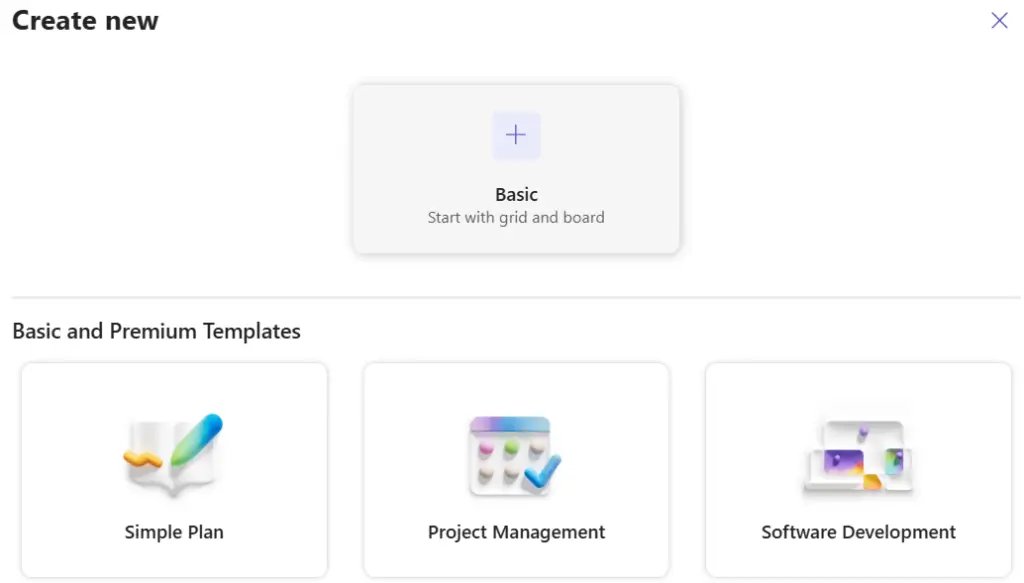
Let’s try to create the board from scratch.
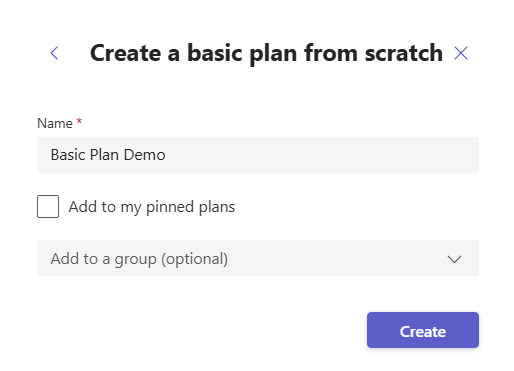
Here is the basic plan. You can add additional buckets, rename the bucket, and add tasks under a bucket.
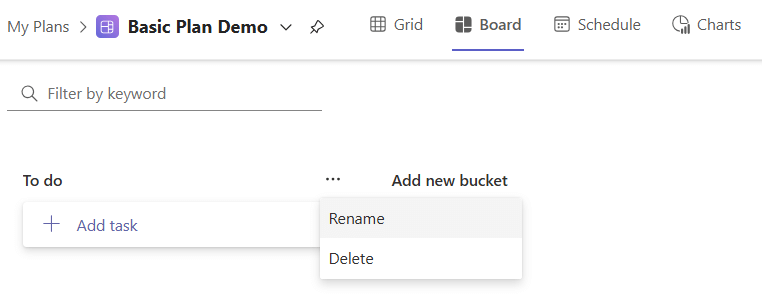
To add a simple task, you can simply provide the task description. Optionally, you can set the due date, and assign ownership.
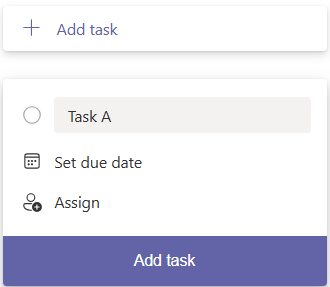
Once the task is created, you can provide more details about the task.
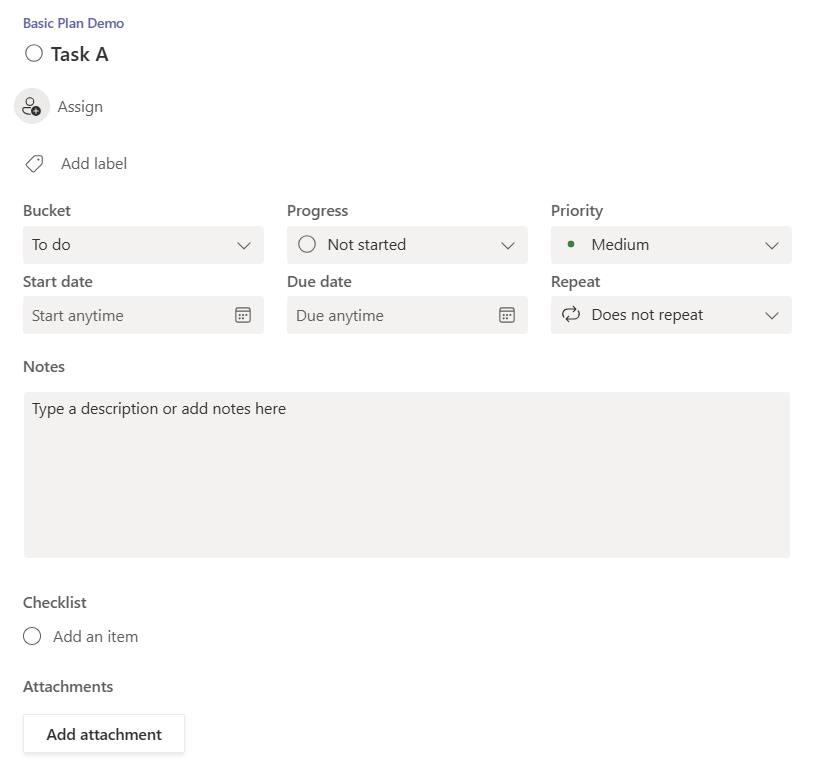
If you don’t want to create the Kanban board from scratch, you can also use the Simple Template which gives you a good starting point, and then customize the board.
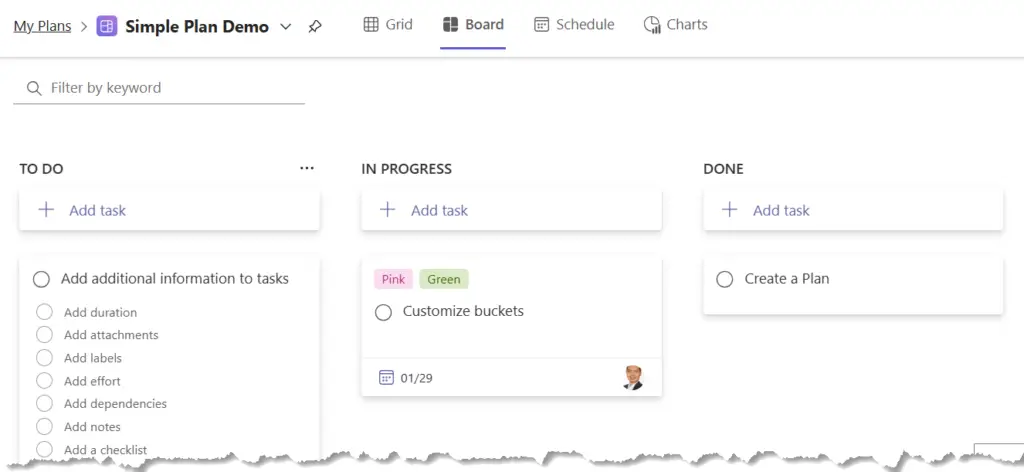
Conclusion
Kanban is a versatile and powerful framework for managing workflows and improving efficiency.
By visualizing tasks, limiting WIP, and fostering continuous improvement, Kanban helps teams stay organized, productive, and adaptable. Whether you’re dealing with shifting priorities or seeking to optimize existing processes, Kanban and Kanban boards provide the tools and mindset needed to succeed.

